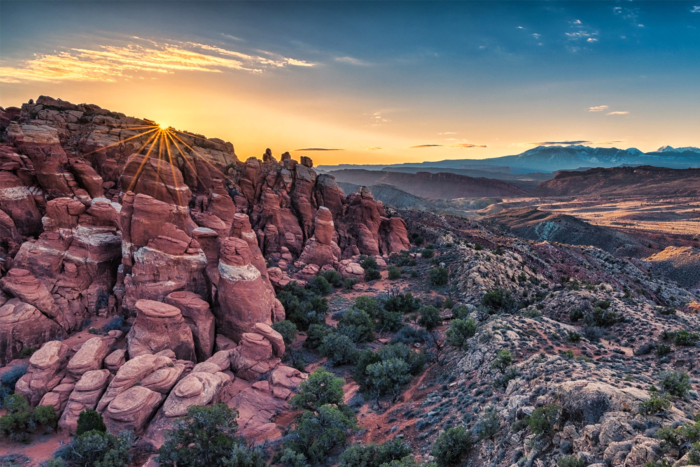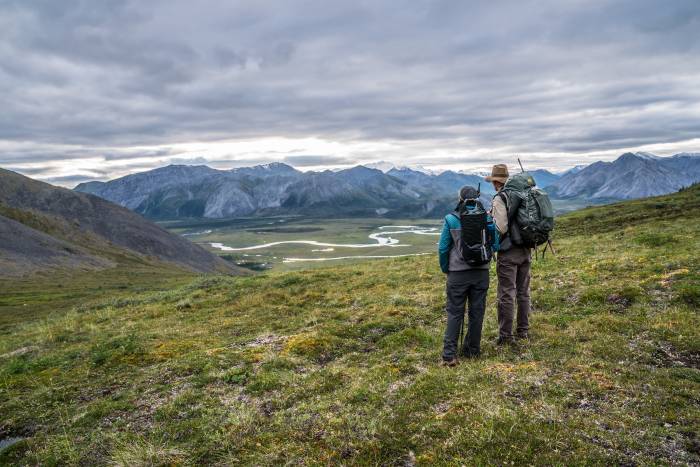We have a perfect solution we don’t use and benefactors we don’t thank. It may be time for a tax on outdoor gear.
“Holy shit! The importance of this issue cannot be understated.” When I read this email from Ryan Callaghan, director of conservation for First Lite, I began to see the scope of a looming crisis within the outdoor industry.
The number of hunters in America is on the decline — and it has been for some time. Callaghan, however, wasn’t just decrying the waning popularity of his sport. He and many others see a serious crisis on the horizon: hunting and fishing have largely bankrolled our public lands spending.
But that bankroll is shrinking while our public lands debt continues to mount.
Now, with a new proposal sent to congress from the Center of Western Priorities, it’s time for the entire outdoor industry to take a moment and figure out where it stands on one simple question with complicated repercussions: should we pay taxes on outdoors equipment to fund the maintenance of more than 640 million acres of public land we play on?
In short: The number of people buying hunting licenses has fallen 50 percent in the last half-century. This means less money is going to public land protections and habitat restorations in the wake of disasters like wildfires.
And though longstanding legislative measures provide a seemingly perfect solution, our public spaces face a massive — and growing — funding shortfall. We break down why the lands we all own are running out of money, who’s been paying for them up to now, and why a special tax on outdoor gear may help pick up the slack.
Public Lands: How We Fund Them Now
First, some background. Americans are blessed with vast tracts of public land to play on, and virtually all of us contribute to preserving acreage through Congressional appropriations of tax revenue.

LWCF: The Best Program We Don’t Use

Footing the Bill: How Hunting and Fishing Save Public Lands
Hunting Decline Threatens Wildlife Conservation
“Imagine if we took away the gas tax and still wanted to have decent roads to drive on — no potholes, new bridges — it just wouldn’t be possible.”











